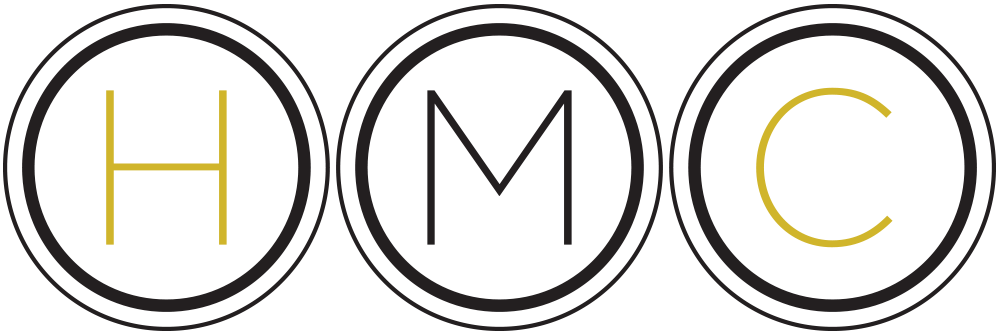9 Effective Event Marketing Emails You Need to Fill Seats (Copy)
blog post
When I was new to event marketing, I naively assumed that you had to have the entire conference planned in advance before you began selling tickets.
When writing event marketing emails for Recode, HIMSS and Informatica, I learned that the agenda can be in flux up until the last minute. Getting topics approved by internal stakeholders and nailing down in-demand speakers takes longer than you might think.
Of course, you still have to fill those conference seats. Tricky business when you don’t have much to say about the event’s particulars yet. Fortunately, you can still generate plenty of buzz—and get folks to register—when you include compelling messaging in your event marketing emails, as I've outlined below.
Email #1: Save the Date
Once you have the event date and location approved (and your event website updated with some fresh content), get the word out so people can ask for approval from their bosses to attend. And of course, mark their calendars.
Chances are, though, your theme—or accompanying tagline—won’t be enough to communicate why people should attend. This messaging is especially critical when your email list includes people who have never attended your event.
Sign Up Tip: To avoid the dreaded delete button, be sure to include “what’s in it for me” messaging such as:
Make industry connections and network with your peers
Learn skills or get certified for career advancement
Hear industry leaders share valuable insights you can use at work now
Email #2: Speaker Announcement Part 1
Most events serve up a combination of speakers from the host organization and industry leaders. The latter group often takes longer to commit and requires another layer of approval, slowing down your ability to promote the conference.
While you’re waiting for the well-known name from the big company to come on board, announce your internal host speakers. Include each speaker's name, title, photo, bio and description of the presentation. Focus on what makes these particular topics relevant to the audience you’re trying to attract. Why is the presentation a big deal? How will it help attendees in their professional lives?
Sign Up Tip: Play up the networking angle and what insights they can take back to their organization.
Email #3: Why You Should Attend
When you’re coming up with your list of Top Reasons to Attend, be sure to include your conference’s differentiator. Why should someone attend your event over another, similar event? Brainstorm what makes your event special using the list of typical reasons to attend below.
Location: Great weather, lots of amenities, top vacation spot
On-site technical help for customers
Breakout Sessions, Deep Dives, Keynotes on compelling topics
Speakers who are industry leaders, setting the tone in the industry
Networking opportunities, award ceremonies
Entertainment, special activities
Giveaways, contests
Career advancement, certification/training
Industry leading content from experts
Sign Up Tip: Include a top-notch testimonial from a past attendee. (Hopefully, you’ve been asking for these in your post-event surveys.)
Email #4: Alumni Offer
And speaking of past attendees, these folks are your easiest target audience. Remind them of the benefits of attending, spell out anything new and exciting you’ve added since last time, and you’re on your way to a guest list that will cover the expense of putting on the conference.
Sign Up Tip: Offer special savings to people who return to your event.
Email #5: Speaker Announcement Part 2
Once you have some big names confirmed, here’s your chance to generate some real interest. Again, include each speaker’s name, photo, bio and presentation title. If you can’t get the final presentation title from your speaker yet, confirm the topic and take a newsy approach instead. Explain why it will be beneficial to hear from these particular speakers.
Sign Up Tip: Increase email open rates with well-known names and/or companies in the email subject line.
Email #6: Started Registration But Didn’t Complete
Why not set and forget a way to follow up with the people who have showed interest in attending, but haven’t bit the bullet yet? Make sure your automated email includes this call to action: “Finish signing up so you don’t miss out on [benefits of attending.]”
Sign Up Tip: Have some fun with your copy here by riffing on your event’s theme or addressing any barriers to attending.
Email #7: Early Bird Discount Expiring Soon
Create a sense of urgency by reminding your audience when pricing for the conference will go up. Mention the last date to reserve the hotel at a special rate, too. Remember, business people need budget approval before they can register, so it pays (pun intended) to clearly communicate how much they will save their company.
Sign Up Tip: Include a link to a “convince your boss” letter that explains what attendees get out of the event.
Email #8: Can’t Miss Sessions
Create a list of the top sessions your audience will find the most valuable. Include three to five of them in this email with intriguing teaser copy that links to more in-depth descriptions on the website (where your Register Now button is also prominent).
Sign Up Tip: Mention that sessions have limited seating so they should register for the event now to secure a spot.
Email #9: Last Chance
Remind your email list that there’s still time to sign up, if they hurry. Reiterate the benefits of attending and include any last-minute offers, just-added speakers or incentives.
Sign Up Tip: Create urgency in the subject line by calling out how many days are left before the conference.
Other Event Marketing Channels
To make sure your messaging is consistent across social media, press releases/blog posts, and conference website, I recommend using one writer to create copy for every channel. Not only does this process help your writer efficiently flex her creative muscles, it ensures your key messages get recognized—and not deleted—when they land in your target audience’s email inbox.

